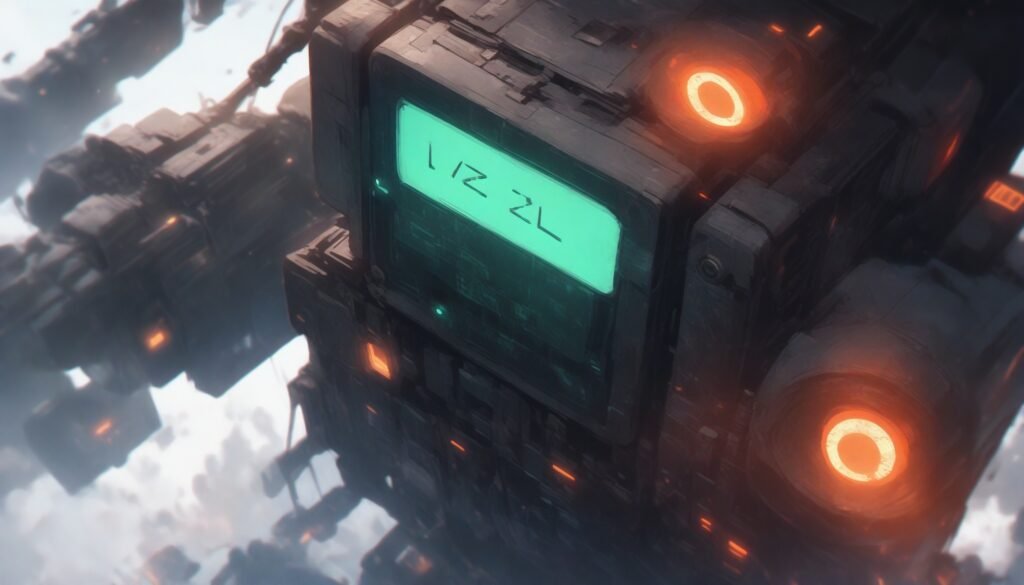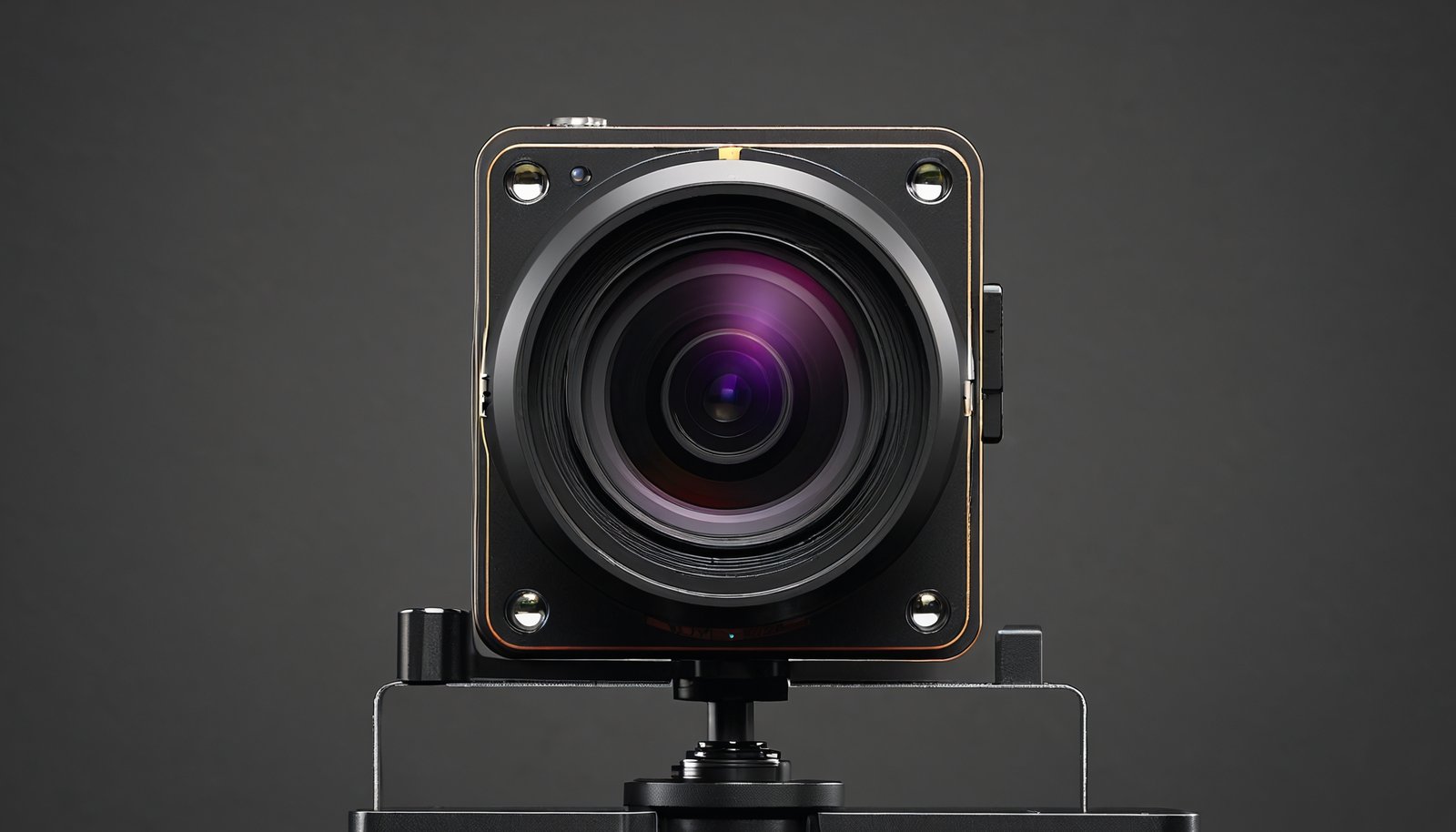Vl2l Determine Camera Sensor
1. Presentation to Camera Sensors
Camera sensors are principal components in computerized imaging gadgets, changing light into electronic signals to create pictures. They play a basic part in deciding the quality and execution of cameras over different applications. Two primary sorts of camera sensors incorporate CCD (Charge-Coupled Gadget) and CMOS (Complementary Metal-Oxide Semiconductor) sensors.
CCD sensors have customarily been favoured for their predominant picture quality, moo commotion levels, and tall affectability, making them perfect for applications requiring exact imaging such as logical investigation and restorative diagnostics. In any case, they tend to be more costly and expend more control compared to CMOS sensors.
CMOS sensors, on the other hand, have become progressively well-known due to their lower control utilization, speedier readout speeds, and cost-effectiveness in fabricating. They are broadly utilized in buyer hardware like smartphones, computerized cameras, and security cameras.
Understanding these sensor sorts is pivotal for selecting the fitting innovation based on components such as picture quality necessities, control proficiency, and taking a toll on contemplations over diverse industries.
Key Takeaway: Camera sensors are foundational to imaging innovation, with CCD and CMOS sensors advertising particular points of interest suited to different industry needs, from proficient photography to customer electronics.
2. VL2L (Variable Length to Length) Methodology
VL2L, or Variable Length to Length technique, is a flexible expository approach utilized in differing areas of counting information investigation and flag handling. In the setting of camera sensor assurance, VL2L includes changing complex sensor information into length-based representations that can be efficiently analyzed.
The central rule of VL2L is to degree and compare variable information focuses by changing them into fixed-length shapes, encouraging simpler translation and investigation. This technique is especially important in imaging innovation, where it can be connected to recognize special designs or characteristics related to distinctive camera sensors.
Key Takeaway: VL2L gives an organized system for analyzing sensor information, empowering precise and proficient distinguishing proof of camera sensor sorts based on unmistakable length-based measurements inferred from picture outputs.
3. Part of VL2L in Camera Sensor Determination
VL2L strategy plays a significant part in computerizing and refining the preparation of camera sensor assurance. By leveraging the connections between sensor characteristics—such as pixel estimate, commotion levels, energetic extend, and colour accuracy—and the comparing visual yields they deliver, VL2L empowers exact distinguishing proof of sensor types.

The preparation includes comprehensive information collection from the sensor, application of VL2L calculations to infer length-based measurements, and comparison of these measurements against known designs or marks related to particular sensor sorts. This orderly approach decreases reliance on manual assessment and upgrades the exactness and productivity of sensor identification.
Key Takeaway: The VL2L technique improves the unwavering quality of camera sensor assurance by changing complex sensor information into quantifiable measurements, encouraging computerized investigation and decision-making in sensor technology.
4. Handle of Sensor Characterization
Characterizing a camera sensor includes point-by-point investigation and estimation of its specialized properties to decide its sort and execution capabilities. VL2L encourages this preparation through an organized approach that includes:
- Information Collection: Gathering sensor information including components such as pixel determination, clamour characteristics, light affectability, and ghostly response.
- Flag Preparing: Applying VL2L calculations to change crude sensor information into length-based representations, which highlight interesting characteristics and designs related to particular sensor types.
- Design Acknowledgment: Analyzing the length-based measurements to recognize unmistakable designs or marks that connect with known sensor profiles, empowering precise sensor sort identification.
- Comparison and Coordinating: Coordinating the determined designs against a database of known sensor sorts to classify and characterize the sensor accurately.
This deliberate approach guarantees comprehensive sensor characterization, supporting educated decision-making with respect to sensor choice and optimization for different imaging applications.
Key Takeaway: VL2L-driven sensor characterization offers an organized technique for assessing and classifying camera sensors based on quantifiable information focuses, improving exactness and unwavering quality in sensor technology.
5. Applications of Camera Sensor Determination
Accurate recognizable proof and characterization of camera sensors are basic for a wide extend of applications over different industries:
- Smartphones and Shopper Hardware: Ideal sensor determination is significant for upgrading picture quality and execution in smartphones and computerized cameras, affecting customer acquiring decisions.
- Therapeutic Imaging: High-precision sensor assurance guarantees demonstrative exactness and unwavering quality in restorative imaging gadgets, such as MRI scanners and X-ray machines.
- Reconnaissance and Security: Viable sensor recognizable proof improves reconnaissance framework capabilities, progressing picture clarity and responsiveness in shifting natural conditions.
- Car and Independent Vehicles: Solid sensor innovation is basic for empowering progressed driver-assistance frameworks (ADAS) and independent vehicle routes, guaranteeing real-time information capture and analysis.
VL2L strategy underpins these applications by giving a precise approach to sensor distinguishing proof, encouraging optimized sensor determination custom-fitted to particular industry requirements.
Key Takeaway: VL2L-driven sensor assurance contributes to improved execution and usefulness over differing applications, underscoring its significance in progressing imaging technology.
6. Challenges in Sensor Assurance Utilizing VL2L

Despite its focal points, VL2L-based sensor assurance experiences a few challenges that can affect its adequacy and reliability:
- Information Complexity: Overseeing and translating complex sensor information, counting varieties in clamour levels, lighting conditions, and natural factors.
- Commotion Impedances: Commotion artefacts in picture information can misshape sensor characteristics, influencing the exactness of VL2L-based examination and identification.
- Restrictions of Length-Based Measurements: Certain sensor properties may not be viably spoken to or analyzed through length-based measurements alone, requiring supplementary expository approaches.
Addressing these challenges requires continuous refinement and adjustment of VL2L calculations, as well as integration with complementary strategies to improve strength and precision in sensor determination.
Key Takeaway: Overcoming challenges in VL2L-based sensor assurance includes progressing algorithmic capabilities and consolidating multi-faceted information investigation strategies, guaranteeing comprehensive and dependable sensor characterization.
7. Comparison with Other Sensor Assurance Techniques
Various strategies are utilized for deciding on camera sensors, each with unmistakable preferences and limitations:
- Manual Assessment: Conventional approach including visual assessment and investigation of sensor details, advertising tall precision but requiring critical time and labour.
- AI-Based Location: Utilizes machine learning calculations to analyze picture information and recognize sensor characteristics, able to handle expansive datasets quickly but subordinate on preparing information quality.
- Sensor Metadata Examination: Extricates sensor data inserted in picture metadata or camera settings, giving coordinate bits of knowledge into sensor sort and specifications.
In comparison, the VL2L technique stands out for its computerized handling capabilities and precise approach to sensor distinguishing proof, advertising improved productivity and precision in sensor assurance tasks.
Key Takeaway: VL2L strategy complements and upgrades existing sensor assurance methods, leveraging organized information examination to accomplish dependable and effective sensor recognizable proof over assorted applications.
8. Changes and Progressions in VL2L for Sensor Detection
Recent progressions in VL2L innovation have extended its capabilities and applications in sensor detection:
- Integration with AI and Machine Learning: Consolidating machine learning calculations improves VL2L’s explanatory capabilities, empowering versatile learning and ceaseless change in sensor recognizable proof accuracy.

- Real-Time Information Preparing: Upgraded computational capabilities bolster real-time examination of sensor information, encouraging quick decision-making and responsiveness in energetic environments.
- High-Resolution Imaging: Headways in VL2L calculations empower the exact examination of high-resolution picture information, obliging progressions in sensor innovation and imaging applications.
These advancements emphasize VL2L’s advancement as a flexible and versatile technique for sensor discovery, balanced to address developing challenges and openings in imaging technology.
Key Takeaway: The integration of AI, machine learning, and real-time preparation upgrades VL2L’s adequacy and flexibility in sensor location, supporting development and headway in camera sensor technology.
9. Case Ponder: VL2L in Real-World Sensor Determination
A compelling case to think about illustrating VL2L’s application in sensor assurance is its integration into smartphone camera fabricating forms. Driving smartphone producers utilize VL2L calculations to optimize sensor determination and upgrade camera execution based on a thorough investigation of picture quality metrics.
In a later case consider, a noticeable smartphone producer utilized VL2L to recognize and execute a CMOS sensor variation that advertised predominant low-light execution and vitality productivity for their lead show. By analyzing broad datasets and leveraging VL2L’s design acknowledgement capabilities, the producer accomplished critical changes in picture clarity and sensor responsiveness.
Key Takeaway: Real-world sending of VL2L in smartphone camera innovation embodies its part in driving advancement and execution optimization through exact sensor assurance and selection.
10. Conclusion: Future Patterns in Camera Sensor Innovation and VL2L
Looking ahead, the future of camera sensor innovation and the VL2L technique guarantees proceeded advancement and innovation:
- Headways in Sensor Innovation: Developing innovations such as quantum speck sensors and natural picture sensors show modern challenges and openings for sensor assurance and analysis.
- Integration of AI and Machine Learning: Advanced integration of AI and machine learning with VL2L will upgrade sensor discovery capabilities, supporting versatile learning and ceaseless improvement.
- Applications in Rising Businesses: VL2L’s flexibility will encourage its appropriation in assorted businesses, counting healthcare, car, and aviation, driving progressions in sensor innovation and imaging solutions.
As camera sensor innovation advances, the VL2L strategy will stay instrumental in empowering exact, robotized sensor assurance, supporting headways in picture quality, execution, and usefulness over different applications.
Key Takeaway: VL2L strategy is balanced to play an urgent part in forming the future of camera sensor innovation, cultivating advancement and driving headways in imaging innovation over worldwide industries.

